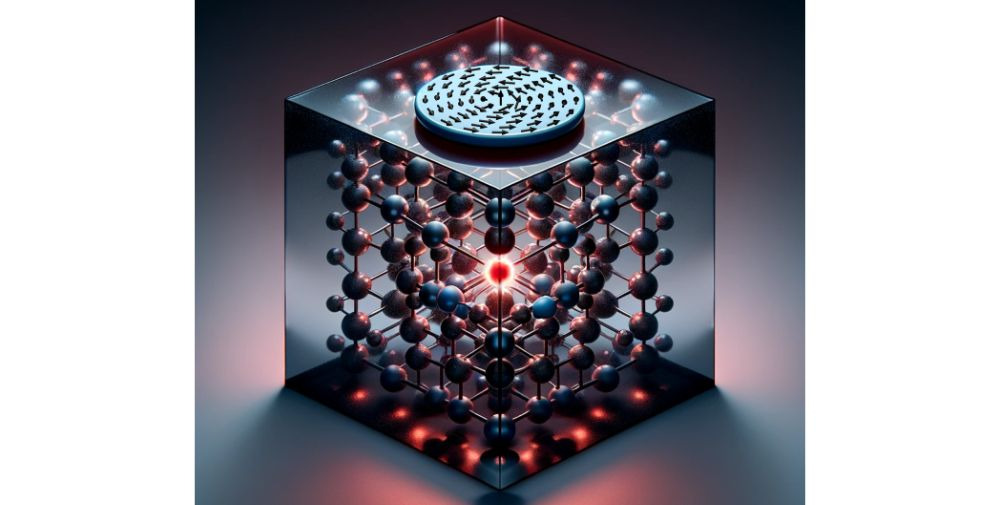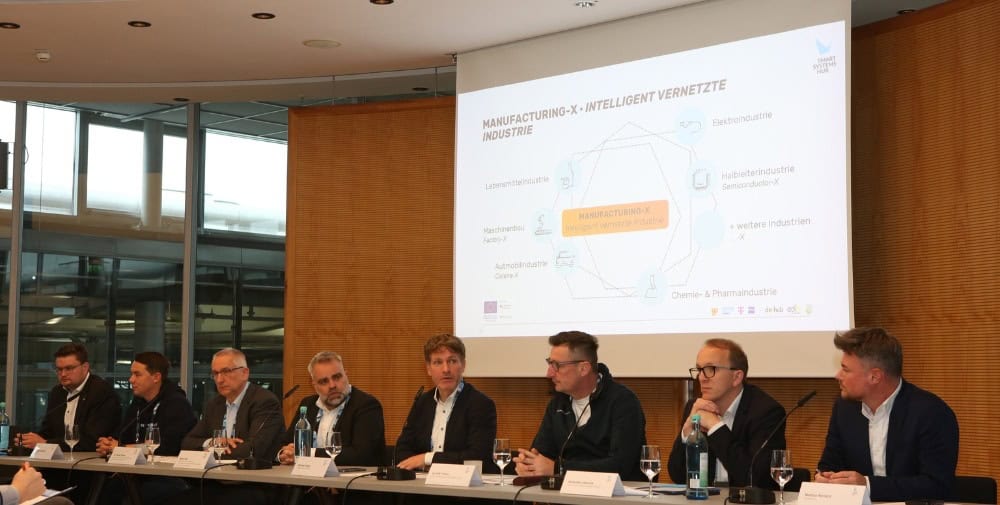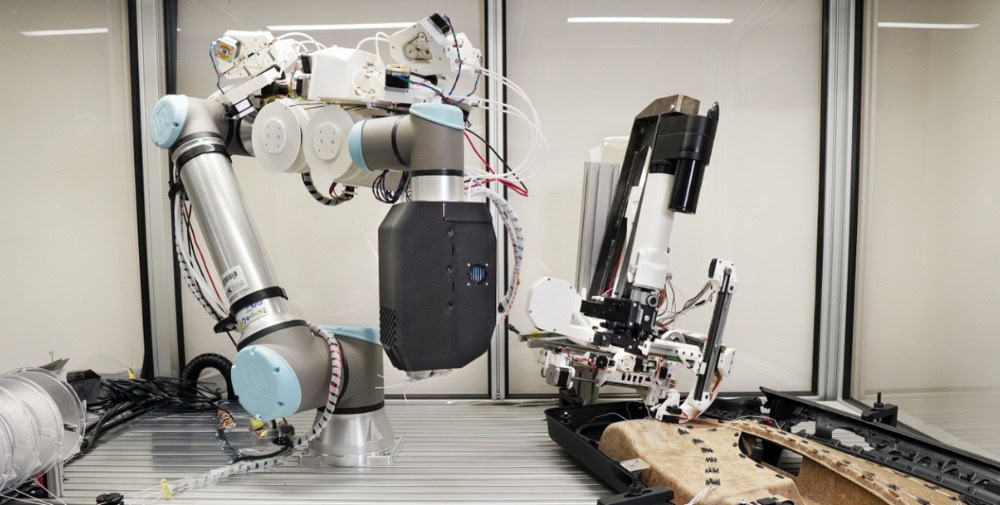
Quantum computers are regarded as an extremely promising computer concept for the future. They could perform route optimization, molecule simulations or database searches much faster than today’s supercomputers. However, current models are not yet powerful enough – they have too few computing units, known as qubits. The task of connecting thousands or even millions of qubits to form a quantum processor has not yet been solved. One solution would be to build several smaller computers and interconnect them instead of one large one. “However, this poses the problem of transferring the quantum information between the modules in such a way that it is not lost,” explains HZDR researcher Mauricio Bejarano. “This is where our project can provide new impetus.”
A common method of transmitting quantum information and controlling qubits is the use of microwaves. Google and IBM are pursuing this approach with their superconducting qubits, the most advanced computer concept to date. “We, on the other hand, control the qubits with magnons,” says HZDR physicist Helmut Schultheiß. “These are magnetic excitation waves that pass through a magnetic material.” The advantage: the wavelength of magnons is in the micrometre range and is significantly shorter than the centimetre waves of conventional microwave technology – the components could be built in a more space-saving way.
Raffined frequency divider
But how can magnons be specifically generated in order to control a qubit with them? To find out, the HZDR working group designed a novel experiment. A layer of silicon carbide served as the basis. However, a silicon atom was missing in some areas of the crystal – here the electrons can act as qubits due to their spin. In order to control these qubits with magnons, the experts deposited a special component on top of them – a micrometer-sized disc made of a magnetic nickel-iron alloy surrounded by an omega-shaped gold structure. When placed under alternating current, the gold ring acted as a transmitter. It sent microwaves into the magnetic disk and thereby excited the magnons.
The arrangement acted as a kind of frequency divider: “Due to a non-linear phenomenon, the magnons oscillated at a significantly lower frequency than usual in a magnetic material,” explains Bejarano. “Only at this lower frequency was it possible to excite the qubits in the underlying silicon carbide layer.” The experimental setup does not yet allow quantum calculations to be carried out. But it shows that it is fundamentally feasible to specifically address qubits with the help of magnons.
Practical materials
“So far, the quantum computing scene has not really realized that magnons can be used to control qubits,” emphasizes Schultheiß. “But our experiment shows that these magnetic waves could actually be useful.” In order to further develop their approach, the experts are already planning to expand their setup: they want to try to control several closely spaced qubits in such a way that they can be entangled quantum mechanically – the prerequisite for a computing operation.
The vision: in the long term, magnons could be excited by direct electric current so precisely that they speak specifically and exclusively to a single one in an array of qubits – which would allow a quantum computer to be programmed highly effectively. The materials used in the experiment would certainly be suitable for practical use. Both silicon carbide and the nickel-iron alloy used are already widely used in industry today – in contrast to the rather exotic materials that other research teams have so far used for quantum experiments with magnons.
Publication
M. Bejarano, F.J.T. Goncalves, T. Hache, M. Hollenbach, C. Heins, T. Hula, L. Körber, J. Heinze, Y. Berencén, M. Helm, J. Fassbender, G.V. Astakhov, H. Schultheiß: Parametric magnon transduction to spin qubits, in Science Advances, 2024 (DOI: 10.1126/sciadv.adi2042)
Contact
Dr. Helmut Schultheiß
Institute of Ion Beam Physics and Materials Research at the HZDR
Tel. +49 351 260 3243 | E-Mail: h.schultheiss@hzdr.de
– – – – – –
Further links
👉 www.hzdr.de
Photo: Bejarano, Mauricio/HZDR




